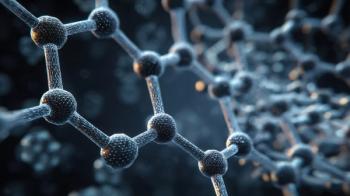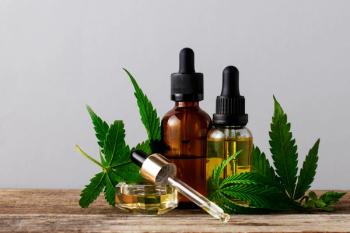
Single-Drop Microextraction for Sampling Pesticides in Vegetables
Researchers from the University of Thessaly (Volos, Greece) used a single-drop microextraction technique with gas chromatography (GC) and nitrogen?phosphorus and electron-capture detection to analyze pesticides in vegetables.
Researchers from the University of Thessaly (Volos, Greece) used a single-drop microextraction technique with gas chromatography (GC) and nitrogen–phosphorus and electron-capture detection to analyze pesticides in vegetables. They tested various mixtures of solvents and water dilutions and optimized the extraction procedure parameters organic solvent type, drop volume, agitation, and exposure time. They studied the extraction efficiency in fortified tomato and courgette samples and examined the matrix effects. The method was found to be successful for pesticide residue analysis in real vegetable samples with submicrogram-per-kilogram detection limits.
Newsletter
Join the global community of analytical scientists who trust LCGC for insights on the latest techniques, trends, and expert solutions in chromatography.




